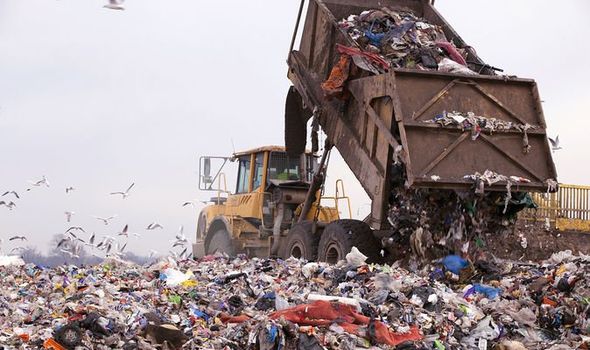Like many other regulatory groups across the country, the Solid Waste Section of the Florida Department of Environmental Protection has spent the last ten to fifteen years putting a lot of thought into how landfill liner systems should be designed and built.
The Department started regulating landfill liners almost six years before the US EPA published its Subtitle D guidelines in 1985. Several lined facilities are getting close to closing, and many landfill owners are looking for ways to use these waste areas after they close.
Because of this, the Department has started to pay more attention to issues related to closing landfills and taking care of them for the long term.
Also, the Department has often been told that construction projects have turned up old landfills that were not expected. On other occasions, I asked the Department to look at and approve projects that involved known landfill sites where a building was planned.
Also, the development community is trying harder to get many cities and towns in the most populated parts of the state to build projects on or near well-known landfills. People and the Department are very worried about some of these activities.
They are worried about the health and safety of the people who live or work there and the effects on the environment that could happen if these old dumps are disturbed.
Putting Together A Landfill Is Anything But Easy
There are very strict rules about building landfills today. Before they can be built, landfill cells, sometimes called “cells,” must be approved by a state regulatory Agen. In Granger’s case, this is the Michigan Department of Energy, Great Lakes, and the Environment (EGLE), which used to be called the Michigan Department of Environmental Quality.
The bottom of the cell has pipes that help us collect liquids and gases and layers of different materials that help keep things inside. Before a single piece of trash is put in a finished landfill cell, EAGLE must again write and approve a construction report.
When Running A Landfill, It’s Important To Be A Good Neighbor

We do a lot to ensure that our neighbours don’t notice us unless it’s in a good way. But when you’re dealing with a landfill, you’re dealing with trash, which can cause smells, flying trash, and a lot of vehicle traffic inside and outside the dump. Even though we won’t say we’re perfect, other landfill owners do everything they can to keep things under control.
To do this, we use various dust control methods on the roads inside the landfill and hire a street sweeper to keep the dust down on the streets outside the landfill.
We also keep an eye on the weather and only do certain types of work when the wind is blowing in a good direction, put up fences to stop trash from blowing away, and use various management techniques to control smells.
Technology Is Used Every Day In Running A Landfill
GPS technology and the software that goes with it help us ensure the fill area is compacted just right. You don’t want to compact too much, and it’s not worth the effort to over-compact.
GPS technology and the software that goes with it also tell us how different parts of the landfill are. We use software to remotely check on and control the leachate, collection, and landfill gas composition pumps. Cameras are put on granger trucks and other big machines to make them work better and keep people safe.
Landfills Can Hire Many Different Types Of People, Such As
Since the landfill has a lot of work, it makes sense that so many people are working there. The people who work at the gate and maintain the equipment and land around the property are not the only ones who keep track of the cargo
that comes in. Workers who use heavy machines also pack trash, move it to other places, and cover it at the end of the day. Meanwhile, surveyors measure important things for different projects.
They also get places ready for solid waste landfills. Engineers also plan, manage, and oversee construction projects. They also write reports, ensure rules are followed and talk with regulatory bodies.
In The Following Ways, Garbage Dumps Can Be Used As A Resource
At many landfills across the country, including the two in Granger, the gas made when trash breaks down is collected and used to make electricity. At the on-site power plants owned by Energy Developments Limited at the Grand River Avenue and Wood Street landfills, gas flows through a network of pipes. In these places, the gas from landfills is used to power equipment that makes electricity.

